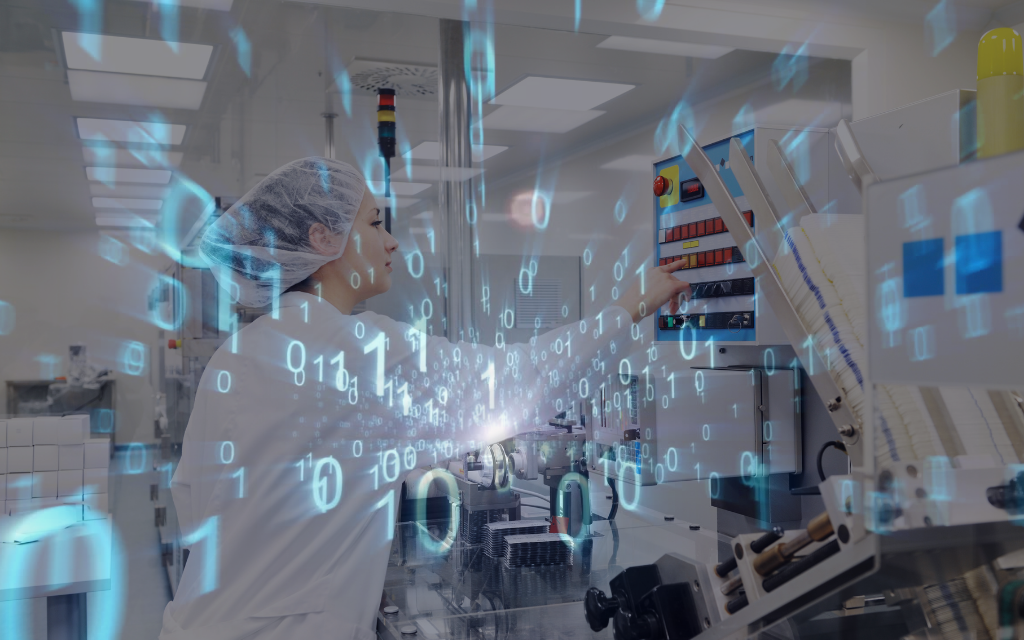Resources
Resources
Stay up to date with the latest news, opinions and free resources from Device Authority.
From company announcements, expert opinion on the latest IoT security issues or helpful guides to support your own organization, use our filters below to find the resources most useful for you.

Agentless IoT Security: How to Secure Devices You Can’t Touch in 2026
Agentless IoT security enables identity-based protection for devices that can’t run software agents. Learn how it secures IoT and OT at scale.

Why Unmanaged IoT Devices Are the Biggest Security Blind Spot in 2026
The rapid expansion of connected devices has fundamentally changed how organisations operate. From smart sensors and industrial controllers to gateways, cameras, and embedded systems, IoT has become integral to modern business. Digital transformation is accelerating the adoption of IoT technologies, increasing the attack surface and making IoT security a critical component of modern cybersecurity strategies. Yet as these environments grow, a dangerous reality has emerged: many organisations no longer know exactly what is connected to their networks.

Trust Is the New Critical Infrastructure
For more than three decades, cybersecurity innovation and investment have followed a familiar rhythm. Each major wave—network security, endpoint security, identity, cloud, and data—spawned new platform winners and reshaped the M&A landscape. Today, we stand at the threshold of the next foundational shift. The digital and physical worlds have converged to such an extent that machines—not humans—are the primary operators of enterprise networks. They power manufacturing lines, drive vehicles, control energy infrastructure, guide medical systems, and increasingly act autonomously through embedded AI.

The State of IoT Identity Security in 2026: Why Machine Identity Is the New Perimeter
Explore the state of IoT identity security in 2026 and why machine identity automation is now critical for Zero Trust, compliance, and cyber resilience.

Calculating the IoT Security ROI in 2026
IoT identity security delivers measurable ROI. Learn how automation, risk reduction, and efficiency gains justify investment in 2025.

Identity Failure Modes That Break OTA, Manufacturing, and Service Pipelines
If the first Automotive Engineering Insight highlighted why identity is becoming a bottleneck, this second instalment focuses on how that bottleneck manifests in real-world vehicle programmes.
This insight breaks down the repeatable identity failure modes observed across OEM and Tier 1 environments — not theoretical risks, but engineering realities that lead to OTA instability, rollback loops, manufacturing inconsistencies, and rising compliance exposure as software-defined vehicle (SDV) programmes accelerate.

Machine Identity Automation Explained: From Discovery to Compliance in 2026
Machine identity automation enables secure IoT at scale. Learn how discovery, onboarding, and lifecycle management support Zero Trust and compliance.

WP 29 Cybersecurity Beyond Europe: What Global Automotive OEMs Must Do Next
When UNECE WP.29 cybersecurity regulations came into force, many automotive manufacturers initially viewed them as a European compliance requirement. In 2025, that perspective is no longer sufficient. WP.29 has become a global benchmark, influencing how connected vehicles are designed, secured, and maintained throughout their lifecycle. The regulation has a profound impact on the entire automotive sector, shaping cybersecurity practices and compliance requirements across multiple countries worldwide.

WP 29 Automotive Cybersecurity and Beyond — How India and China Are Now Driving Global Trends
When UNECE WP.29 came into force, it transformed the global automotive industry. For the first time, cybersecurity became a mandatory requirement for modern vehicles — not a marketing feature, not a technical add-on, but a regulated obligation. WP.29 forced manufacturers to rethink how vehicles were designed, updated and secured, requiring formal Cybersecurity Management Systems (CSMS) and Software Update Management Systems (SUMS) across the entire vehicle lifecycle. This marked a significant global regulatory shift, as vehicle regulations now establish mandatory cybersecurity management systems, compliance protocols, and safety standards to ensure the security and reliability of connected vehicles worldwide.

